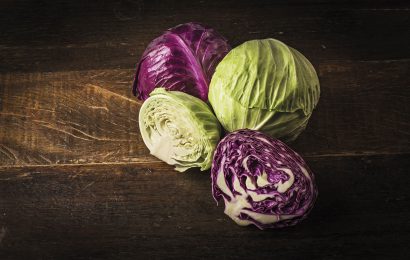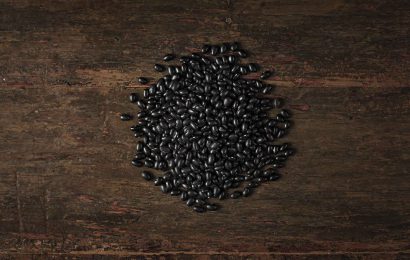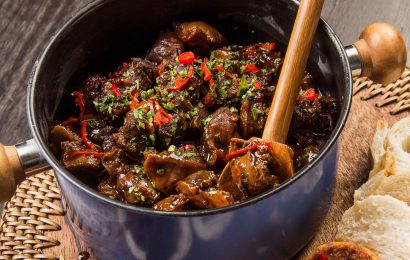Tropdealum majus.
According to the Manual on Non-Conventional Vegetables, published by the Brazilian Ministry of Agriculture, Livestock and Food Supply, this plant can be utilized in full: stems, leaves, flower buds, flowers, and the green fruits are edible. The spicy flavor, reminiscent of watercress (hence the other names in English, Indian / monks cress), goes well in salads, sauces and risottos; the green seeds, preserved in vinegar, are used in the same way as capers.



